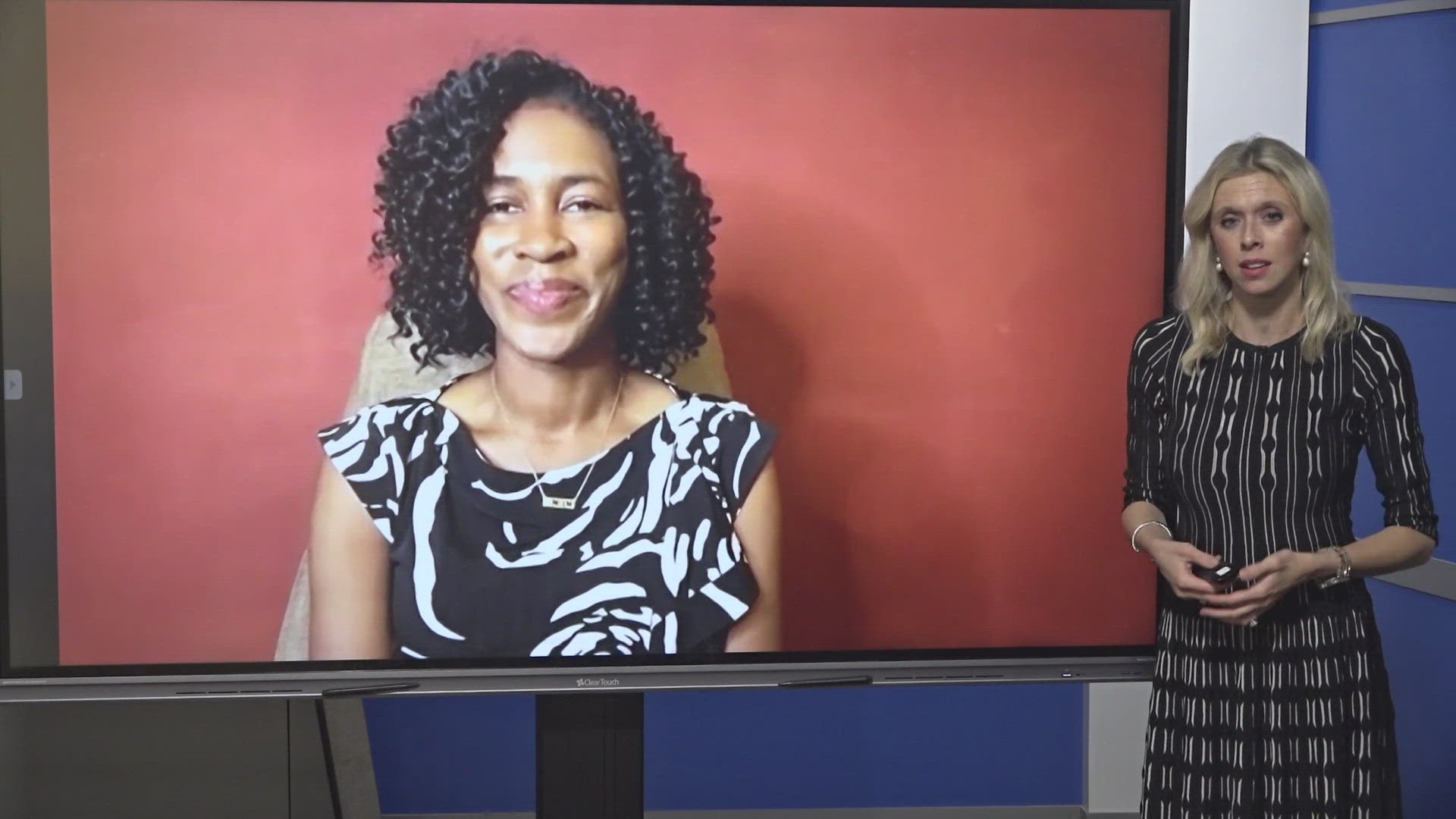GREENSBORO, N.C. — What's being called a 'triple whammy' is on the horizon, threatening to test the strength of our health and wallet.
COVID, RSV and flu already are circulating again, on the heels of the worst flu season since 2017, and financial experts are sounding the alarm on budgeting now for the unexpected.
"Although the weather has been in the 80s lately, e-mails are already going out about flu shots. Americans can once again order free COVID tests if they want. What this is telling me is that it is time for the country to prepare... Unexpected medical bills can be expensive, so it's important to financially plan ahead,' urged Debt Sucks University founder and financial literacy author Ja'Net Adams.
KNOW YOUR COVERAGE
She emphasized the importance of checking if doctors, anesthesiologists, hospitals and surgery centers are in network. Something as simple as not knowing coverage can snowball into a massive problem.
"This is where so many people end up with unexpected bills. They don't know their medical coverage. It is important to know what hospital system you are in, which will determine the doctors you can see as well as what hospital to go to. Also, know your copay. What is your copay to see a primary care physician? A specialist? The prices between the two are not usually the same," she explained.
SAVE FOR HEALTHCARE
Just like a "rainy day fund," a medical-specific emergency savings account can help immensely in times of need.
"If you know your two children go to the doctor for sick visits about twice a year, and those visits cost a copay of $50, then you need to save at least $200 for the two children. If your out-of-pocket expenses are $4,000 for the year, and you know you have a $6,000 planned surgery, then it is important to start saving the $4,000 that you will have to pay before insurance kicks in for the rest of the $6,000," she said.
PLAN FOR NEXT YEAR
As open enrollment periods for healthcare open for 2025, Adams encouraged clients to compare and contrast plans.
"If you feel you came out of pocket paying more money for your healthcare than you wanted, then now is the time to start thinking about the level of coverage you want for next year. Make sure you take your time choosing healthcare, because you have to live with that decision for an entire year," she said.

